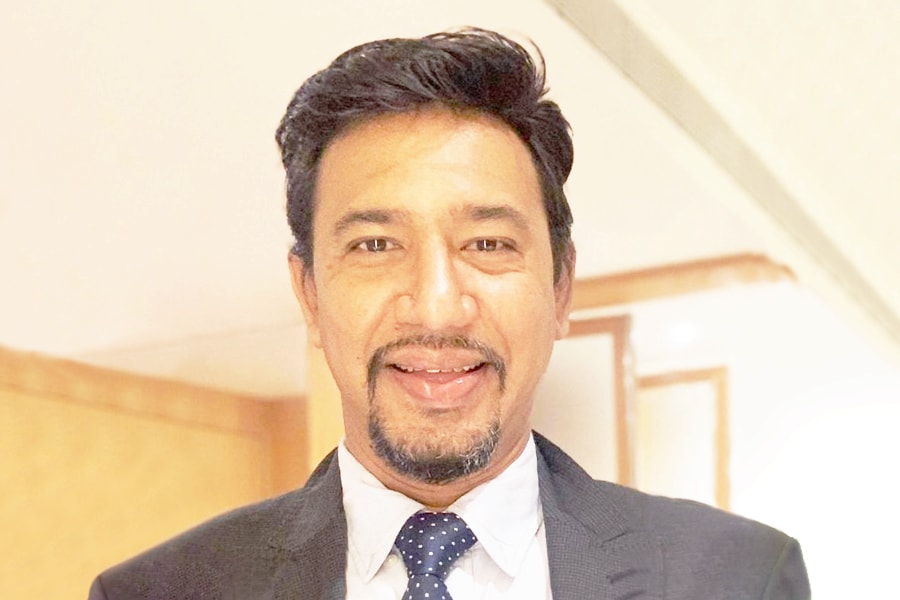
Reconstructive Urology
Dr. Ashish Pardeshi, FCP, DNB (Surgery), DNB(Urology), Consultant Reconstructive Urologist, Andrologist & Transplant Surgeon, Specialist in Advance Penile & Urethral Reconstructive Surgery, Pune
 Reconstructive urology is surgery to restore normal function by repairing, rerouting, or recreating areas of the upper and lower urinary tract and some reproductive organs. Patients might need reconstructive urology because of injuries, birth defects, medical conditions, or complications from surgery or other treatment.
Reconstructive urology is surgery to restore normal function by repairing, rerouting, or recreating areas of the upper and lower urinary tract and some reproductive organs. Patients might need reconstructive urology because of injuries, birth defects, medical conditions, or complications from surgery or other treatment.
A urethral stricture is a scar or narrowing of the urethra that may make it difficult for you to urinate. Symptoms may include a slow or weak urinary stream, frequent urination, an urgent need to urinate and urinary tract infection. There are many causes of a urethral stricture. Common causes range from perineal trauma (i.e. straddle injury), pelvic trauma, sexually transmitted diseases, urethral trauma, radiation treatments and some skin disorders.
A urethral stricture may be detected by an X-ray study or by a cystoscopy. The best test for diagnosis (in most cases) is an X-ray study called a retrograde urethrogram. During this test, a very small catheter is inserted into the tip of the penis and contrast is gently used to fill the urethra. This test allows us to see the location, length, and severity of the urethral stricture.
There are several broad options for managing a urethral stricture. Understanding the location, length and severity allows us to better tailor the treatment options to each individual patient.




